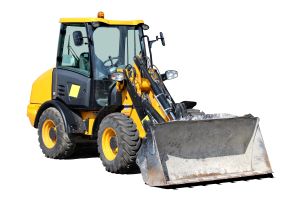What is NRMM?
NRMM (Non-Road Mobile Machinery) is a diverse group defined as any mobile machinery used for other purposes than transportation of passengers or goods. This covers larger machinery such as mobile cranes, dumpers, construction machinery, water vessels as well as smaller machinery such as compressors, lawnmowers, chainsaws etc.
Agricultural and forestry vehicles are not directly classified as NRMM according to (EU) 2016/1628 and therefore not directly subject to Stage V standards. But the same rules apply indirectly as Regulation 167/2013 on the approval of agricultural and forestry vehicles stipulates that emission standards apply for agricultural and forestry vehicles as well.
Impact on NRMM
Tighter limits on PM and the new PN limit for engines between 19 kW and 560 kW expects to require common rail fuel systems and exhaust aftertreatment devices such as diesel particulate filters (DPF) on all diesel combustion engines above 19 kW. Depending on the engine power, exhaust aftertreatment such as DOC (Diesel Oxidation Catalyst), SCR (Selective Catalytic Reduction) and ASC (Ammonia Slip Catalyst) is also likely necessary to be Stage V compliant.
The new regulations have a big impact on engines in 19 kW – 37 kW range that prior to Stage V remained at Stage IIIA levels and could be compliant without common rail fuel systems and exhaust aftertreatment. Engines between 37 and 56 kW previously under Stage IIIB/IV standards is also highly affected as prior to Stage V they could also be compliant without advanced aftertreatment.



